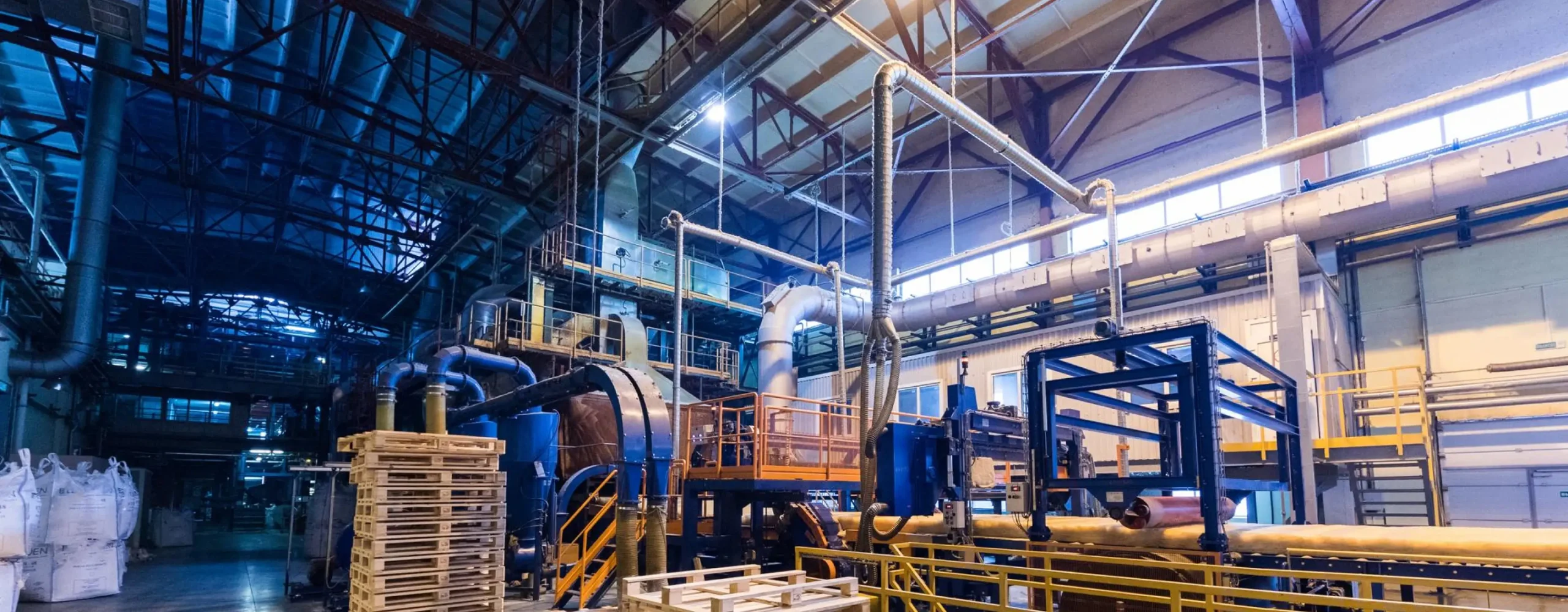Innovations
The use of Supplementary Cementitious Materials (SCMs) like fly ash, slag, and calcined clay has gained traction as they reduce clinker content, lowering carbon emissions by up to 70-80% in some cases. Innovations include the development of zero or negative carbon footprint SCMs to produce Near-Zero Emission Cement; such as those derived from steelmaking waste, or use fossil-free energy for cement production.

